The Science of… Oatmeal?

Do you ever think about the physics in action within your breakfast? Sometimes, I do, especially after a spectacular failure, like when I attempted to microwave oatmeal. The day before, I boiled some oatmeal for my dog. He was taking antibiotics, and I could tell they were bothering his stomach. I thought maybe oatmeal might […]
Prey of the Hawk!
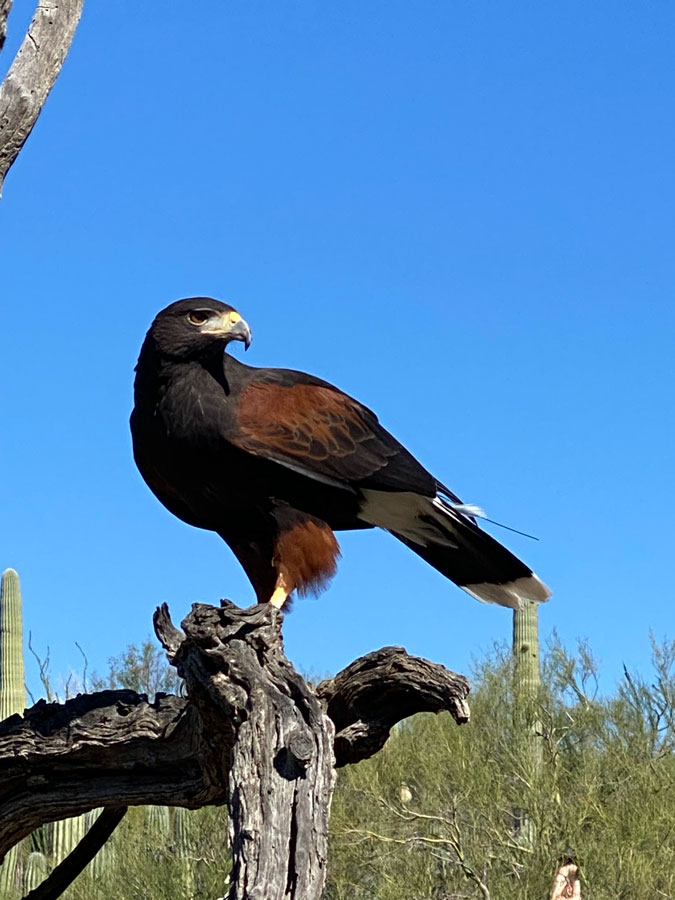
They hunt as a pack, led by the dominant female. Working together, they can subdue larger prey than an individual can, providing a feast for the entire family. However, pack isn’t the term used for a group of birds. But the flock doesn’t seem strong enough. All About Harris’s Hawks These effective hunters are Harris’s […]
Writer’s Block? Nevermore!
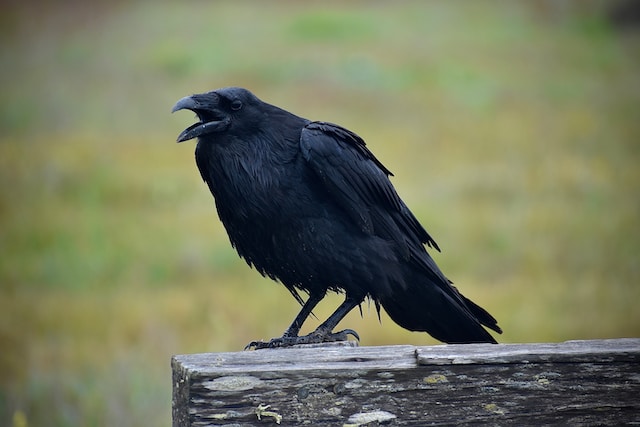
I finished off 2023 at my favorite writing retreat: a trip back home. I returned to my hometown of Peoria, IL, where I was born and raised. It’s where my first creative endeavors were encouraged and nourished. Even though I have no desire to live in central Illinois again, it is an excellent place to […]
Summer Fun with Curtis Curly-tail!
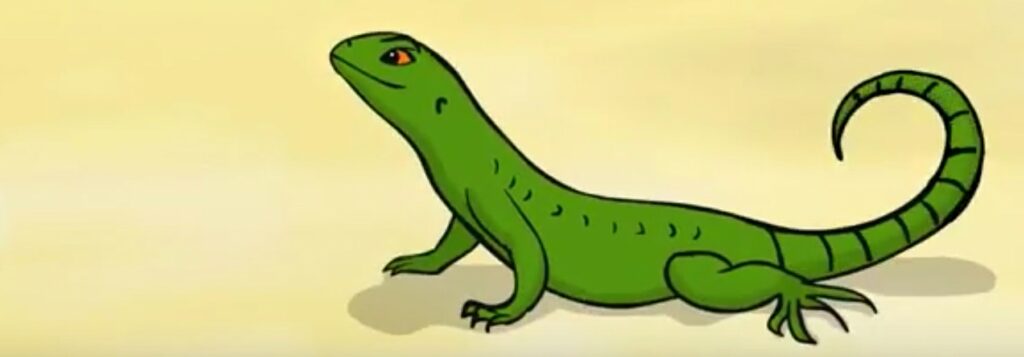
Hey, kids, it’s me Curtis Curly-tail! I know I haven’t blogged in a long time, but hopefully, you’ve been keeping up with my activities on my YouTube channel that I share with Elaine. Watching my videos is a great way to spend the hot middays when it’s too hot to be playing outside. But I […]
What is the Color of a Snake’s Tongue?
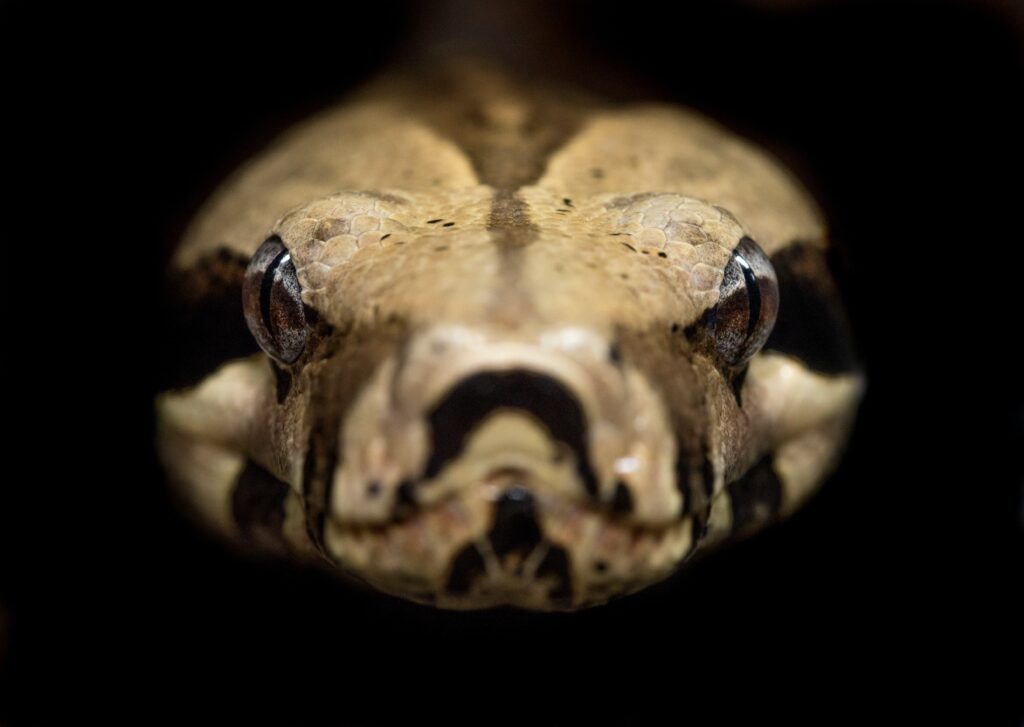
Have you ever thought about the color of a snake’s tongue? I hadn’t until recently when a snake flicked its tongue at me. Let me tell you how it happened. Relaxing by the Pool I have a net fence around my pool. It’s good to have a pool safely fenced off to prevent tragedies, such […]
Excuse Me, is This Chair Taken?
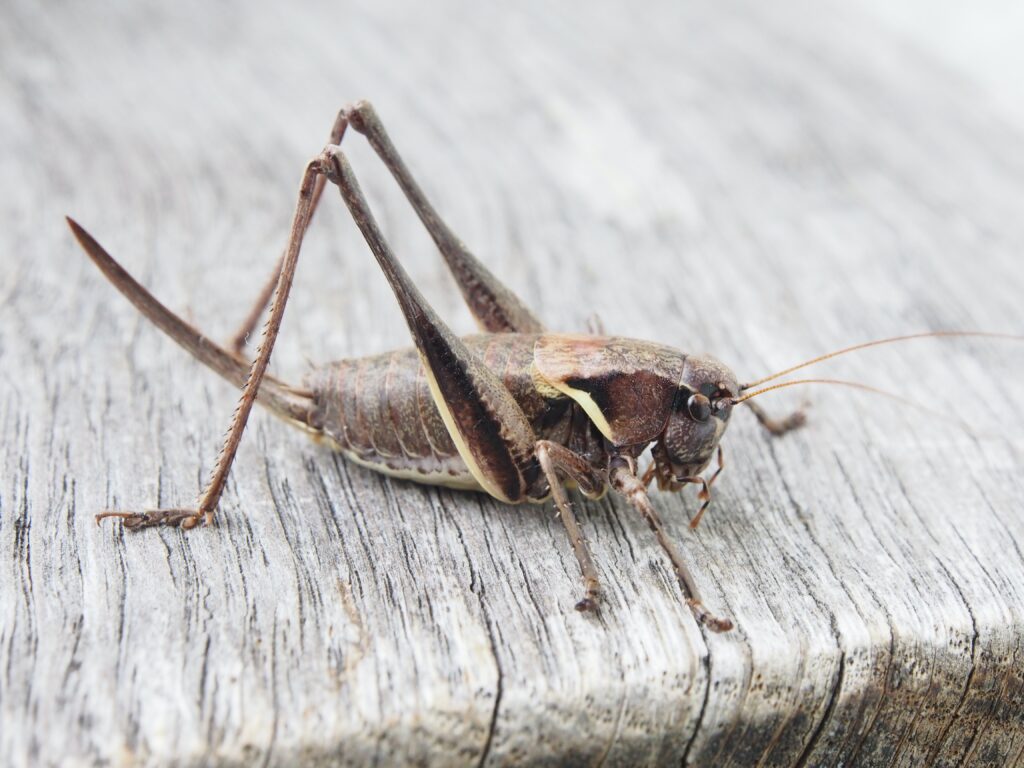
I was outside recently and went to sit down in a cushioned chair as I often do, but this morning, I found the chair occupied! You’ll never guess who took it. The surprisingly large insect, nearly 3 inches long, showed no interest in vacating the seat for me, so I thought we should get better […]
Yellow is the Color of Spring!
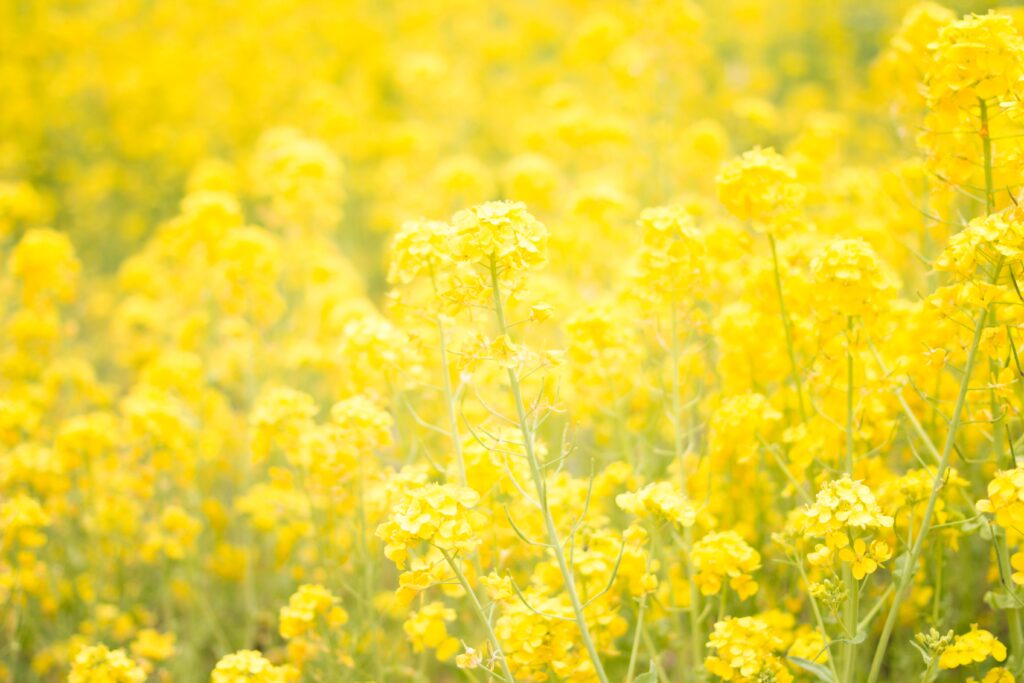
Growing up in Illinois, I knew the blooming of the forsythia bushes meant spring had arrived. The bright yellow flowers of the large bushes added a bright color to the gray of winter. This memory came to me as I enjoyed the yellow flowers of spring here in the Sonoran Desert. We had good winter […]
Love is in the… Cactus?

Ah, the heart! ❤️ The symbol of romantic love. An appropriate topic for February 14th is Valentine’s Day. It was in the fifteenth century that today’s typical heart symbol was developed. With the establishment of Valentine’s Day, the use of the symbol exploded. Its popularity reached the ultimate pinnacle when the ❤️ became a verb! […]
Revenge of the Crows!
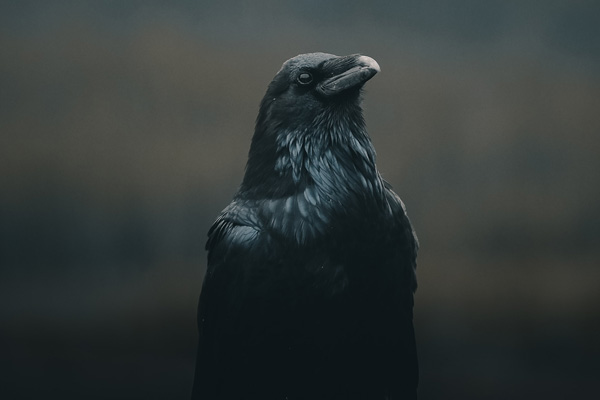
I’ve always liked crows and ravens. They’re very intelligent and dedicated to their families. They also don’t mind interacting with people. I’ve read about crows and ravens bringing gifts to their people in exchange for tasty tidbits. Crows have their own culture. Celebrity crows, like those kept at the Tower of London, have their own […]
Jellyfish in the… Desert?
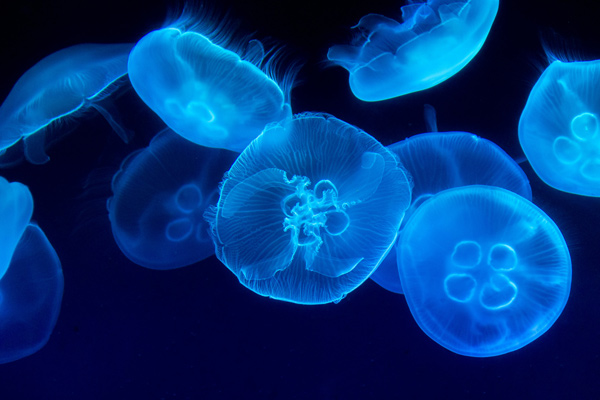
The tram operators of Sabino Canyon in Tucson, AZ are offering nighttime tours this summer. It’s part of an overall upgrade to the beautiful park located in the Santa Catalina Mountains and the Coronado National Forest. Along with upgrading to electric vehicles, the tour narration now comes with personal earbuds. This reduces the noise of […]
Not Just Another (Wall) Lizard
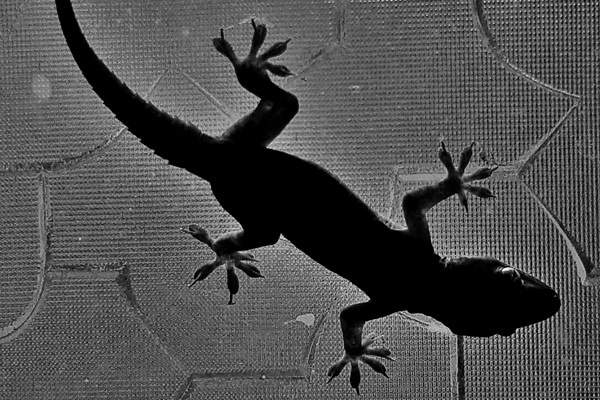
I like lizards – no surprise there. In fact, the majority of my family is made up of lizards. But my love for lizards doesn’t stop there. Along with my lizard family members, I decorate my world with decorative lizards. Let’s take a little tour of my abode and let me introduce you to all […]
Celebrating HerStory Month!
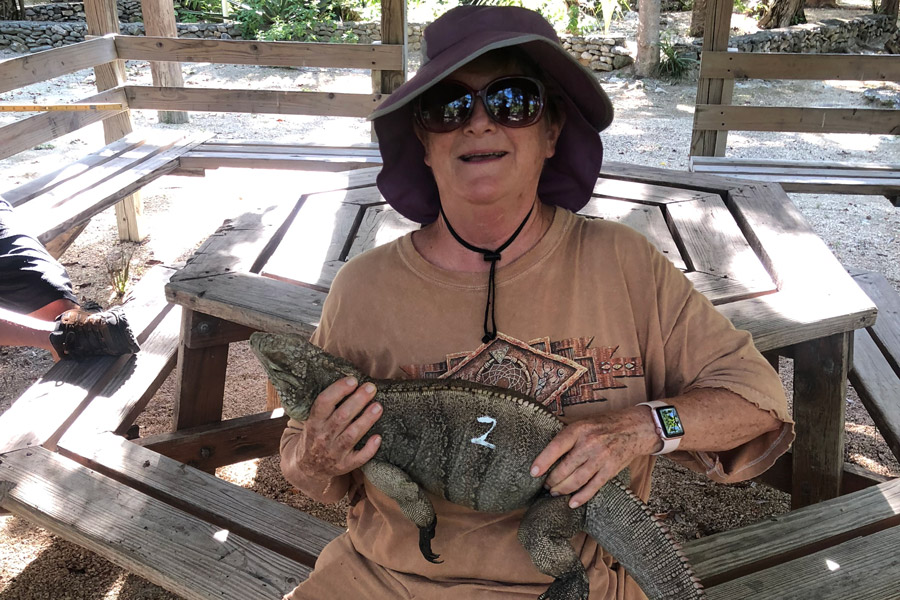
March is an important month for women! Not only was March 8th International Women’s Day. But it’s also HerStory Month, otherwise known as Women’s History Month. It is important to celebrate the vital role of women in American history for the entire month of March, not just one day. Learning about HerStory Month, got me […]
A BIG Book Celebration in Tucson, AZ

The authors are coming! The authors are coming! Once again, we’ll be celebrating books and literacy in person in Tucson at the 2022 Tucson Festival of Books (TFOB)! Learn more about this Tucson book celebration staple and how you find me there. A Brief TFOB History The first festival was held March 14-15, 2009 with […]
The Laws of Physics (According to Horses)
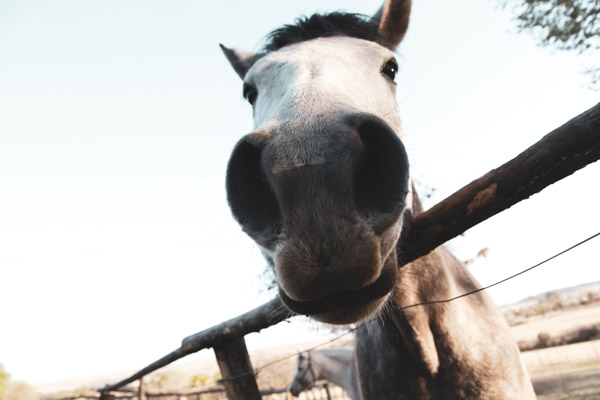
I started horseback riding after I retired. Before that, I’d never been particularly fond of horses, despite being a biologist. I preferred reptiles, crustaceans, and mollusks. However, life has a way of leading me down unexpected trails. Although no matter the trail I find myself on, I always find a little science. Even with a […]
How Not to Photograph a Bat
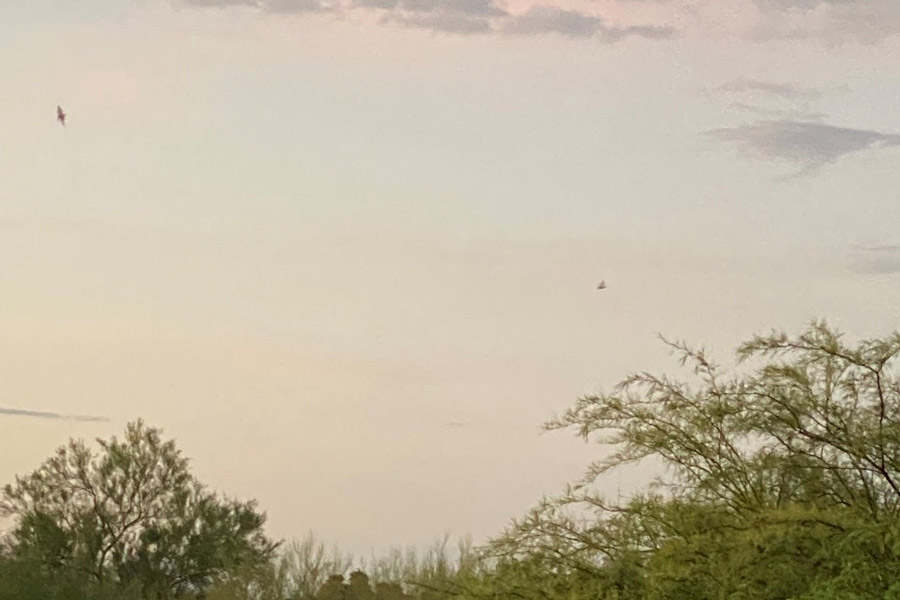
I wrote a book about the difficulties in photographing hummingbirds, How Not to Photograph a Hummingbird. It pits one bumbling human against the desert as he carelessly attempts to photograph an Anna’s Hummingbird. If lucky, a hummer may alight for a moment or two, allowing the photographer to get the shot she wants. But there […]
Mushrooms in the Desert? I Have Pictures!
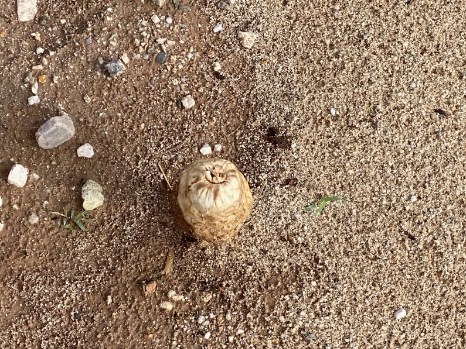
Living in the Sonoran Desert, I don’t often see mushrooms. Sometimes, fungus appears on the trunks of dying trees, but that’s not often. This year, Tucson has had a very wet monsoon season, which is wonderful after years of severe drought. Along with the greening of the vegetation, the abundance of rain has brought forth […]
Mesquite Trees and Horses: Incompatible
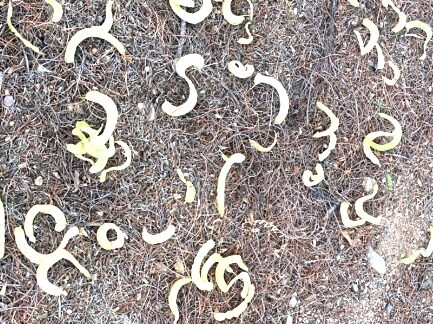
When I moved to the Sonoran Desert, I learned about mesquite pods. I knew about the mesquite wood used for barbequing, but not the seed pods of the tree. They’re used as food by both people and animals. The mature pods, not just the seeds, are ground into flour, which is quite delicious. A five-gallon […]
Sharing the Morning Routine
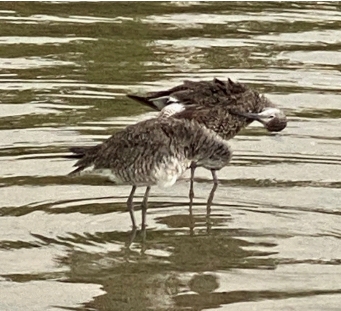
As I watched the birds on the beach at sunrise on a recent trip, I noticed their actions reminded me of my own morning routine. Perhaps yours is similar. Do you start with a wash? This sandpiper decided not to dip under the water for its wash. No, instead he or she was sucking up […]
Saved: Dragonflies vs. Gnats–No Contest!

One major difference between the hot, dry weather of a desert (Tucson, AZ) and the hot, humid weather of the Gulf of Mexico (Ft. Myers, FL) in July is the number of human-eating insects. I was reminded of this recently. As I obtained my parking permit from the machine at the beach, a cloud of […]
Scientists Love Their Scat! And I Am One!
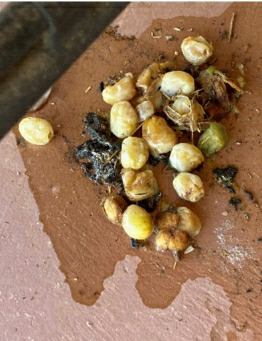
Scientists have long been using scat as a valuable tool in figuring out what animals have eaten. The indigestible parts pass through and are excreted. Some items can be easily identified, but others require a bit of investigation. When the temperatures were warm enough, I let my sulcata, or spur-thigh, tortoise loose in my walled-in […]
An Unusual Visitor Stopped By
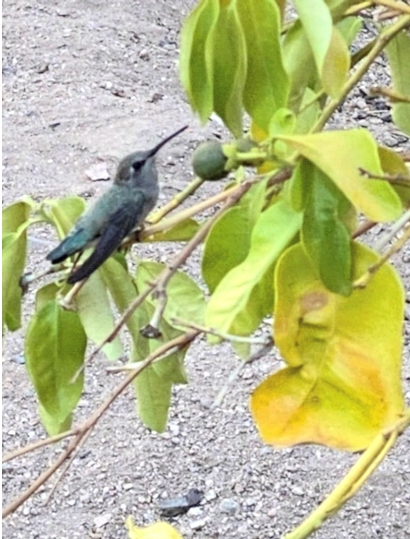
The Sonoran Desert is home to many species of hummingbirds. The first things I installed in my yard when I moved in were hummingbird feeders. Whenever a hummer would stop for a drink, I’d pull out my bird book to identify it. I’ve had quite a few species stop by over the years. Some were […]
My, That’s a Really Big Tongue You Have!
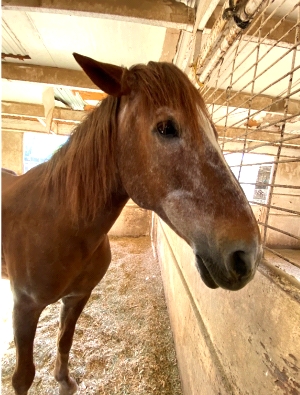
I have learned a lot about horses in the past two years. But there is one ability that continues to amaze me: the agility of the horse’s tongue. Above is a friend of mine, Simby. He has Cushing’s disease, which is treated with a small pill, Prascend. I give the same medicine to my mare […]
A Spectacular ‘Bloom Night’ 2021 at Tohono Chul Botanical Gardens
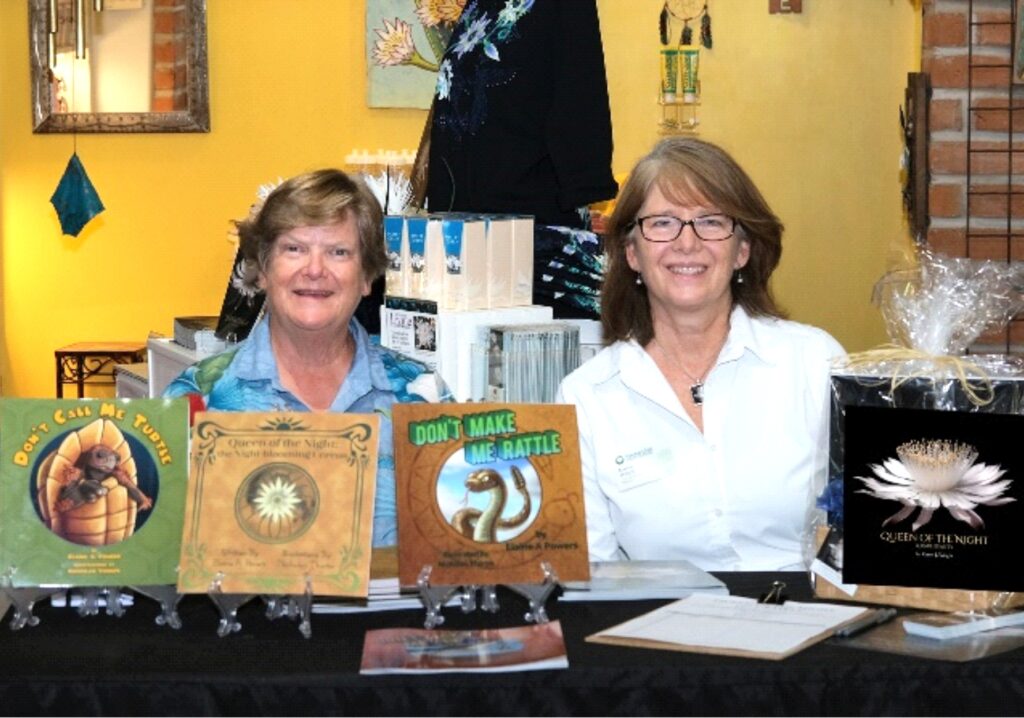
The Night-blooming Cereus had to bloom all alone in the summer of 2020, but this year, they opened in all their glory for the visitors at the Tohono Chul Botanical Gardens on June 30, 2021. Just prior to the 2019 blooming, I published my book, Queen of the Night: The Night-blooming Cereus. I wrote this […]
How About a Big Bug Snack? It’s High in Protein!

Every seventeen years, the Brood X Cicadas emerge from the ground in the northeast US. They climb and fly, singing their mating call, mate and produce the next generation. With over a million per acre, there are a lot of big, very noisy insects out there. Something different this year is the number of recipes […]
Who Was Observing Whom?

I was exercising my young horse when he suddenly turned away from me to look at something outside the ring. I discovered my horse enjoys birdwatching as much as I do. However, as horse and human watched this Greater Roadrunner, Geococcyx californianus, pass by, I noticed that it seemed to be studying us as much […]
Mirror, Mirror on the Wall, Who’s the Prettiest Head of All?
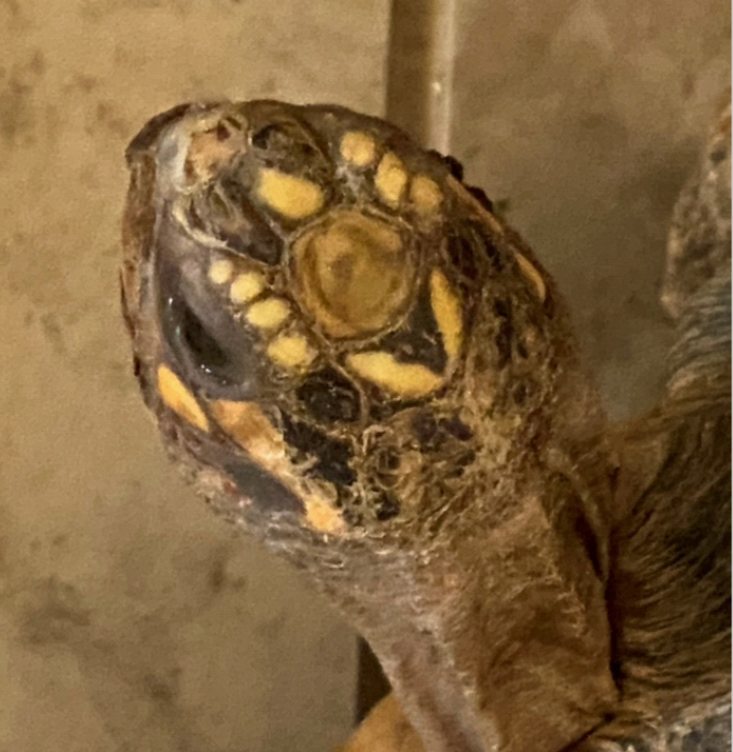
Red-footed tortoises, Geochelone carbonaria, are popular pets. These natives of Central and South America are easy to care for and don’t get too big, growing up to 30 pounds. They are also known for the bright colors on their skin and shell, including their namesake red scales on their legs. Recently, I noticed how vivid […]
You Know You’re From Arizona When . . .
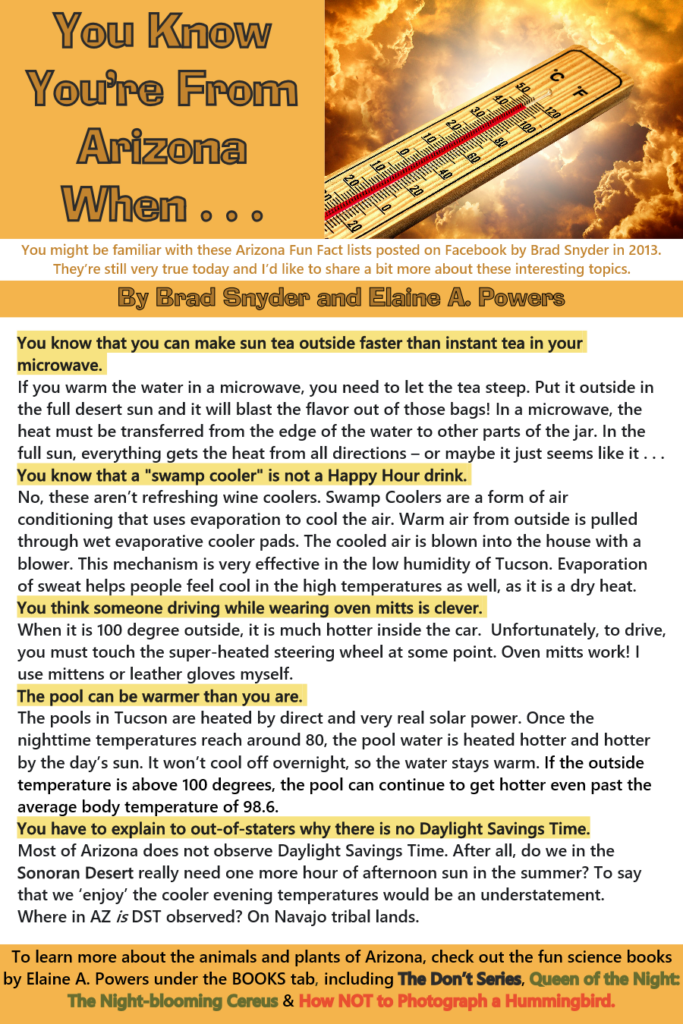
You might be familiar with these Fun Facts posted on Facebook by Brad Snyder in 2013. They are still very true today, and I’d like to share a bit more about these interesting and fun topics. Book Note: I am fascinated by animals and plants and truly enjoy having them all around me. I have […]
I’d Like to Recommend Snorting!
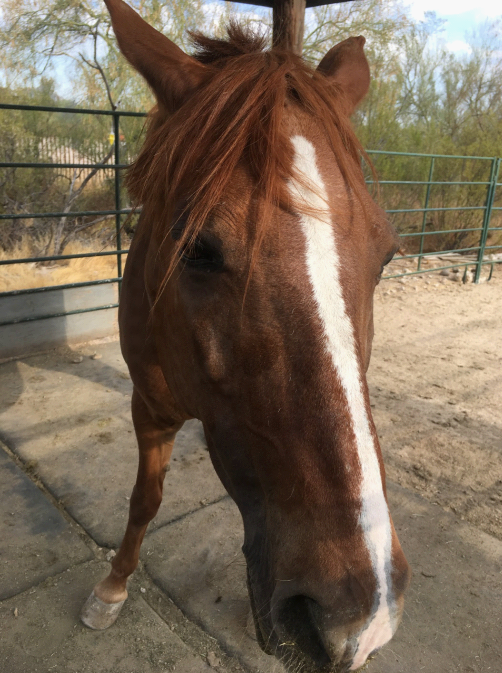
When I’m not writing fun science books, I’m caring for my animal companions: the iguanas, tortoises and turtle I live with, and my two horses, which are stabled just down the road. I’ve learned a lot about horses over the past two years. Many behaviors are still mysteries to me, however. One of them is […]
Lights! Camera! Action! (and Scratches!)
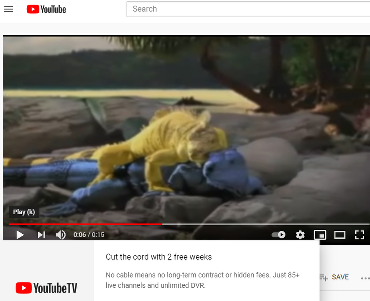
With the pandemic, my reptile talks have moved to video, instead of live, presentations. I talk about reptiles every Thursday afternoon at 3:00 p.m. MST at my Facebook page, Elaine Powers. I hope you’ll join me tomorrow for my Reptile-Side Chat, when the green iguanas and I talk about color, chromatophores, and so much more! […]
Pandemic Life, Pandemic Dreams—and Tortoises!
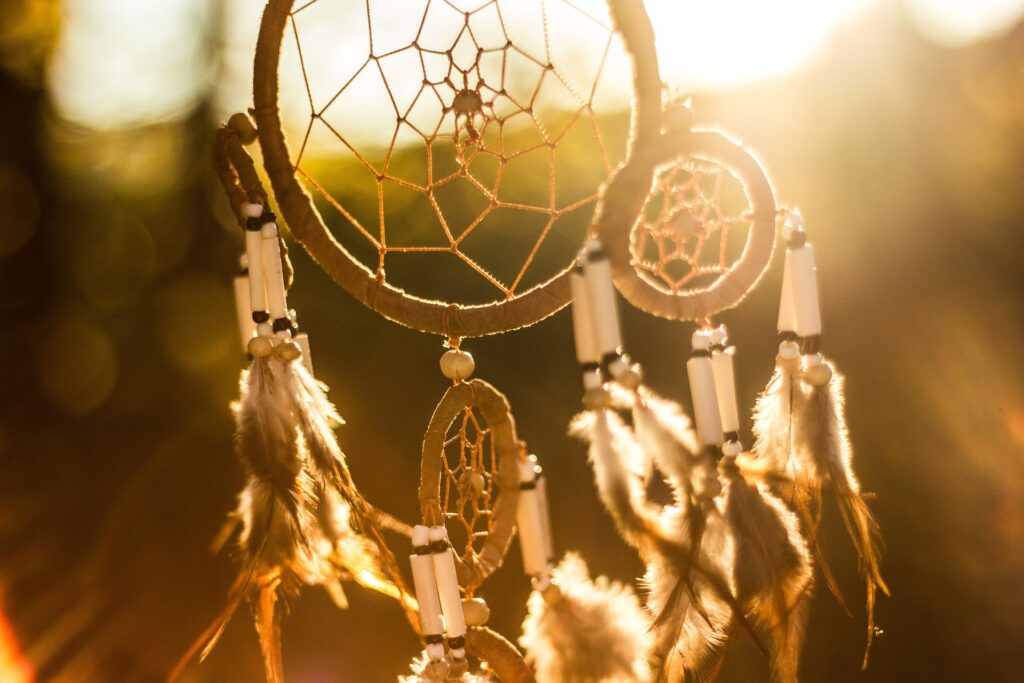
I’ve always had vivid dreams, many that I can fully remember when I wake up. Most are filled with action (being chased or falling), which doesn’t really bother me. However, every now and then I have a bad dream that wakes me up with a start and a surge of adrenaline. I’ve forgotten to do […]
